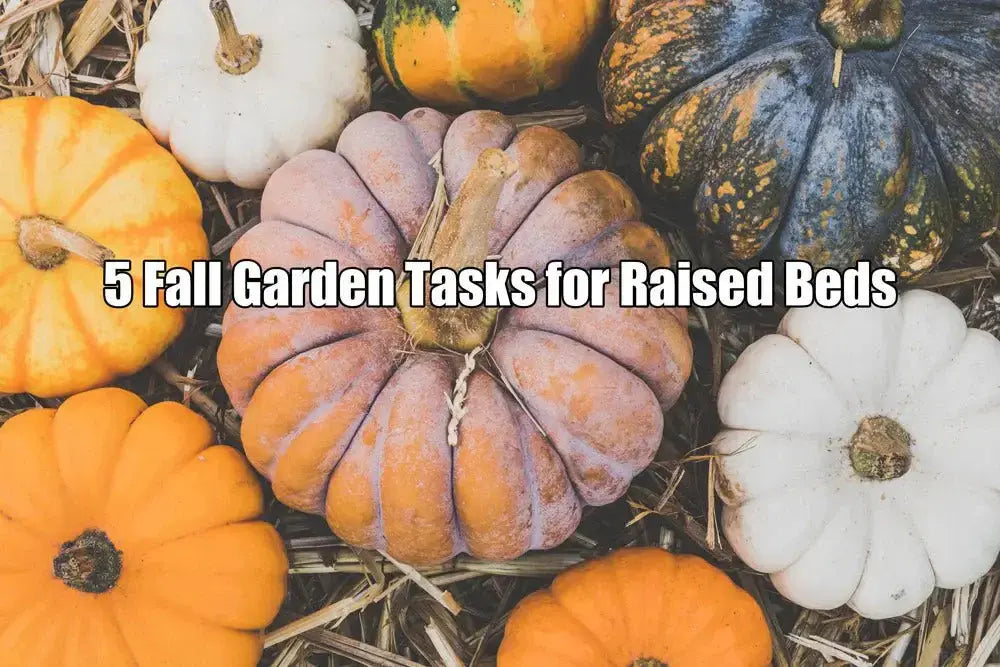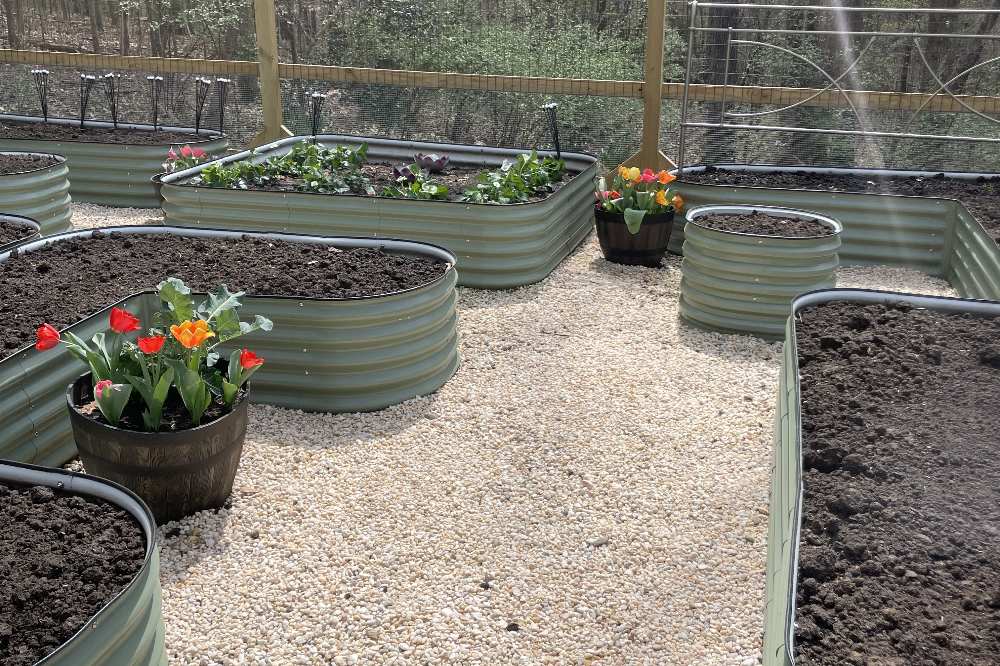What to Plant in October
As the days grow shorter and temperatures begin to drop, some gardeners think the planting season is coming to an end. However, October still offers plenty of opportunities to grow cool-season vegetables, hardy herbs, and even certain flowers—especially when you use metal raised garden beds to make the most of your garden space.
Whether you’re in a mild or cooler zone, this guide will help you discover what to plant in October for a productive fall and even a head start on next spring.
Why Metal Raised Beds Are Ideal for Fall Gardening

1. Extend the Growing Season
2. Prevent Waterlogging
Autumn often brings unpredictable rain. Elevated soil in raised beds drains efficiently, preventing root rot and other moisture-related problems common in ground-level gardens.
3. Retain Soil Warmth
And also, we have an article about The benefits of metal raised bed gardening for growing winter crops and herbs for your reference.
Succession Planting for Fall Harvest
If you’ve already harvested your summer crops, don’t let your raised bed sit empty. Practice succession planting—sowing new cool-season crops right after summer plants are removed. This keeps your garden productive year-round and helps maintain healthy soil.
Try planting fast-growing greens like radishes, arugula, and spinach in the spaces vacated by tomatoes or beans. You’ll enjoy a quick fall harvest while improving soil structure for the next planting season.
Cool-Season Vegetables to Plant in October

October is all about cold-hardy crops. These vegetables thrive in lower temperatures and often taste sweeter after a light frost.
- Spinach – A cool-weather favorite that grows quickly and withstands mild frost. Sow directly into raised beds and harvest tender leaves within 5–8 weeks.
- Kale – Highly cold-tolerant and perfect for continual harvest through winter. Its flavor deepens with each chill.
- Radish – One of the fastest-growing crops for fall. You can sow radishes every two weeks for a steady supply.
- Onions – Overwintering varieties do best when planted now. They establish roots before winter and mature beautifully in spring.
- Cabbage – Choose frost-resistant varieties for crisp, flavorful heads by late winter or early spring.
- Garlic – Plant cloves in October for a midsummer harvest. Add a thick layer of mulch in your raised bed to protect bulbs through winter.
Also, we have an article about 6 Recommended Vegetables That Are Sweeter After Frosting in Garden Bed that you may interest in.
Hardy Herbs That Overwinter Well
Even as frost approaches, some herbs are tough enough to survive and thrive with minimal protection. Plant these in your raised beds or containers to keep your kitchen stocked through winter:
- Chives – Hardy and low-maintenance, perfect for cold zones.
- Kale – Highly cold-tolerant and perfect for continual harvest through winter. Its flavor deepens with each chill.
- Sage – Tolerates cool weather and adds fragrance to both your garden and your cooking.
- Rosemary – In warmer zones, it can thrive year-round; in cooler zones, keep it in a sheltered raised bed.
- Parsley – Grows slowly in cold weather but survives frost with minimal care.
- Garlic – Plant cloves in October for a midsummer harvest. Add a thick layer of mulch in your raised bed to protect bulbs through winter.
With proper mulching or a raised bed cover, these herbs can overwinter successfully and resume vigorous growth in spring.
Flowers to Brighten Up the Fall Garden
Add color and pollinator activity to your autumn beds with flowers that handle the chill gracefully:
- Pansies and Violas – Thrive in cool temperatures and bloom well into early winter.
- Calendula – A hardy annual that adds bright yellow and orange hues while deterring pests.
- Snapdragons – Excellent for zones with mild winters; plant in raised beds for improved drainage.
What to Plant in October by USDA Zone
Here’s a quick overview of what you can plant in different U.S. zones this month:
- Zone 4b–5b: Sow: Cabbage; Plant: Garlic cloves
- Zone 7a–7b: Sow: Spinach, Radish, Kohlrabi, Broad Beans, Onions, Rutabaga; Plant: Chives
- Zone 8a–8b: Sow: Cabbage, Pak Choy, Arugula, Spinach, Radish, Beets; Plant: Tarragon, Strawberries
- Zone 9a–9b: Sow: Broccoli, Carrots, Kale, Mustard Greens, Onions, Turnips; Plant: Strawberries, Collard Greens
- Zone 10a–10b: Sow: Lettuce, Cauliflower, Kale, Sage, Spinach, Beans; Plant: Broccoli, Celery, Strawberries
- Zone 11a–13b: Sow: Peppers, Eggplant, Cucumber; Plant: Strawberries
(For a detailed USA planting calendar, visit Vegega’s planting guide by zone)
Conclusion
October gardening doesn’t mean slowing down—it means transitioning smartly. By choosing cold-tolerant crops and overwintering herbs, and by using the warmth and flexibility of metal raised garden beds, you can enjoy a vibrant, efficient garden even as the temperatures dip.
Your raised beds are more than just containers—they’re season extenders, soil protectors, and the key to growing year-round abundance.



